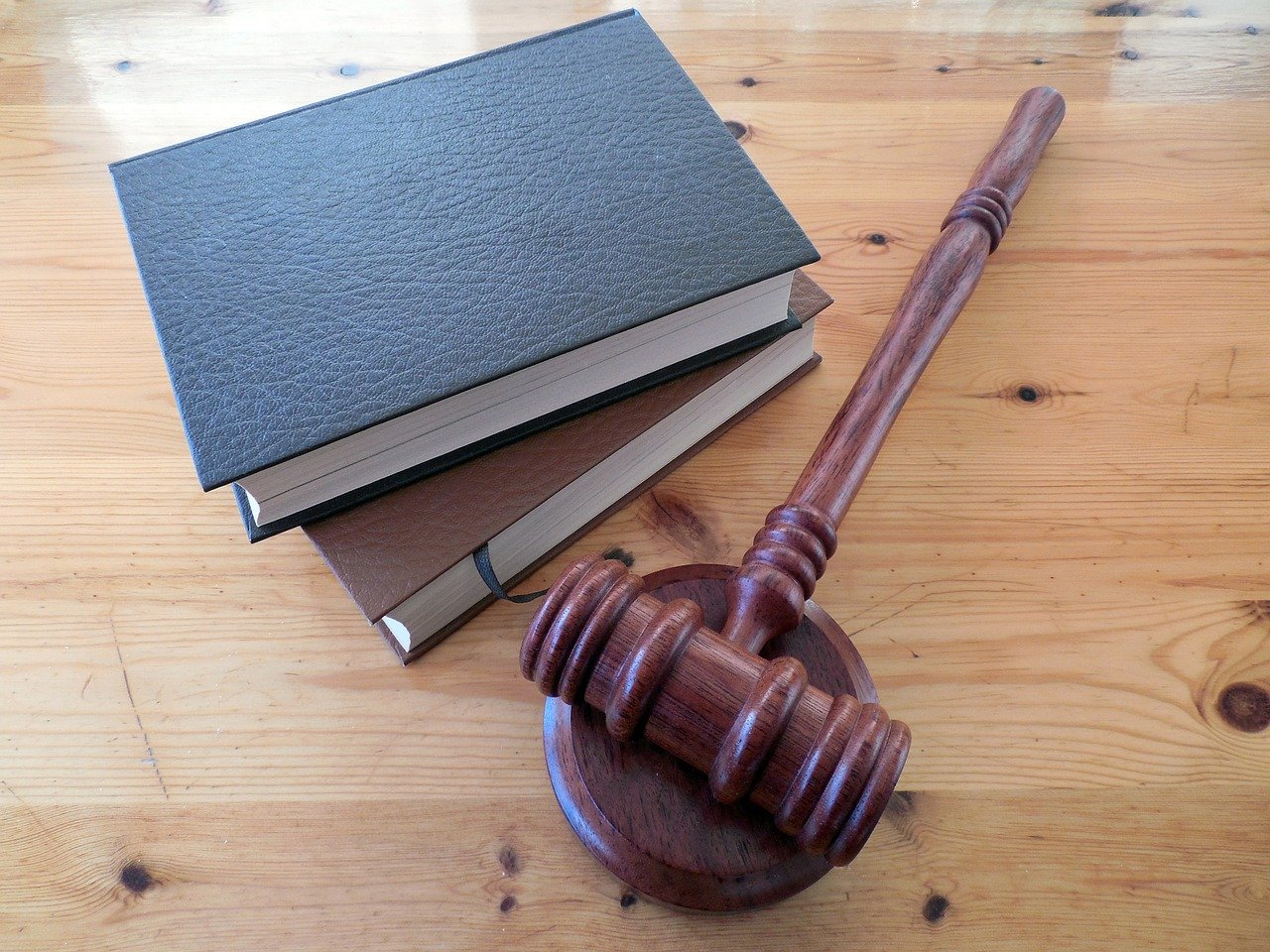
How do you litigate a case?
06-Jul-2021 | Article by Legal White Official
In India, litigation is a very tiring and time-consuming process, which is why, even today, there are more than three crore cases that are still pending in the courts.
When a case goes into litigation, it is because the client has sustained an injury or if he/she wants to claim damages, and they want to settle it legally. But it is unfair to say that civil suits are just limited to that, Here are the five most common Civil Suits in litigation:
1. Contractual disputes- These disputes occur when there is a contractual disagreement between two people. For example, one does not fulfil its obligations or violates a contract.
2. Property disputes - The disputes are usually related to a property or real estate. It can be either a line dispute (crossing a properties line) or damages caused.
3. Tort claims - A tort is a civil wrong. Usually, a person filing a tort claim has suffered personal injuries or loss. Negligence cases are one example of tort.
4. Class action cases - Class action cases are similar to a tort claim. The only difference is that the injury caused is not just confined to one person but many individuals.
5. Complaints against the city- These cases are usually solved outside of court by settlement. If the government denies to pay compensation and settle, the case goes to trial. These cases occur when someone has sustained injuries due to a policy or a law of that particular city.
The civil code of procedure 1908 (CPC) contains 158 sections and 51 orders and rules. It provides a comprehensive description of the civil prosecution process, but typically, when a
matter is in litigation, it goes through these five Main stages:
1. Section 26 of CPC talks about the Institution of a civil suit by presenting a plaint. It is the first step towards litigation. A Plaint is usually a legal document submitted by the plaintiff consisting of his reasons as to why he is filing the suit.
Rule 1 order 7 of CPC talks about- Particulars contained in plaint. For example, the name and description of the plaintiff and his residence.
- After the plaint is submitted, it is upon the court's discretion whether to accept it or not. If accepted, the court then issues summons to the defendant, asking them to make an appearance. Summon is mentioned in Rule1 order5 of CPC.
- After sending summon, the parties receiving it should appear in the court on the given date; if they fail to appear, it might make the court pass an ex parte order. The court passes an ex parte decree when the defendant fails to show up in court. After this, the defendant has only two remedies- either file an application satisfying the court that summon wasn't received, if received, the defendant has to show sufficient cause for not appearing.
- If the defendant appears, he has to bring a written statement with him. It is a document that the defendant presents in court. It consists of his side of the story. After the amendment of the act, it is mandatory to file a written statement within 90 days; if the limitation period expires, it is up to the court to decide whether to accept it or not.
2. The second stage is the framing of issues specified in order 14 of CPC. An issue arises when one party denies the fact confirmed by another party. After examining the plaint and written statement, if the parties deny the claim, the court can ask them to draft issues and produce them in the court. After the examination, the court may frame a final Issue.
- After framing the issue, the court can demand the list of documents that the parties are relying on in the civil suit. This list is to be submitted in an affidavit form by both parties.
- After the document is submitted, both parties can apply for inspection of these documents. This process is called Discovery and Inspection, mentioned in order 11 of the code.
- After the inspection of these documents, the parties may either allow it or deny it. This admission and denial of the before-mentioned documents lie in order 12 of the code.
- Both the concerned parties must produce all original documents in the court as per order 13 of the code.
3. The third stage is the summoning and attendance of the witness. After submission of the documents, the court begins by hearing and cross-examining the witnesses.
- When this stage ends, both parties are allowed to present their argument in court. They will each provide their summary of the case to the judge.
4. After acknowledging the matter, the judge passes a judgment or decree.
- Section 33 r/w(read with) order 20 of the code talks about this provision of judgement.
- If one party is not happy with the decision, they can either apply for a Review (under section 114 r/w order 47) or Revision (under section 115) or can also file an appeal (under section 96-110 with order 41-45).
5. The final stage is the execution of the decree.
